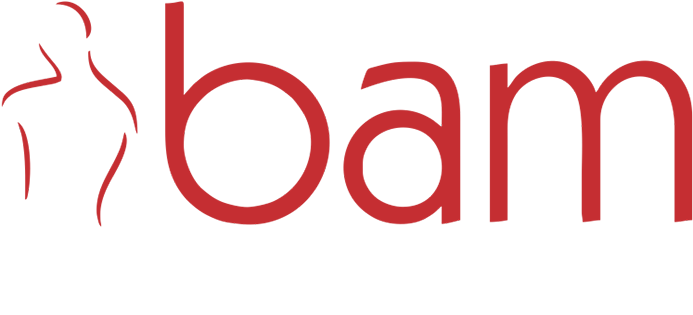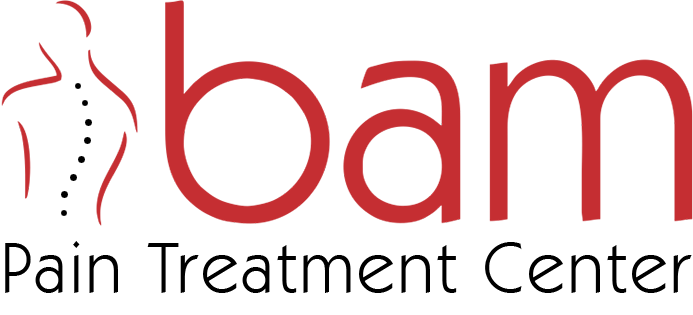One of the most important causes of neck pain is neck stiffness, which is the disc between the vertebrae, stress, heavy lifting after activities such as tearing the fibers around the nerve channel to protrude. Especially desk and office workers are at risk from neck stiffness. Symptoms are usually neck, back and arm pain. This pain increases with movement, cough and sneezing, spreading towards the arm. Depending on nerve root damage, numbness, tingling and loss of power may develop in the hand or in the cord.
Well, we have neck pain, what should we do?
If you have pain in your neck, the first thing you need to do is to be examined by a Physical Medicine and Rehabilitation specialist. As a result of a good examination, the cause of neck pain can be understood in great measure. If necessary, the diagnosis is confirmed by MRI or x-ray.
Is only MR enough? Can it be decided by looking at MRI?
Unfortunately, in recent years, we have heard the following words from our patients: 'I went to the doctor, looked at the MR, it was an exploding, emergency surgery. "It is not the right approach to make an operation decision with the MR without seeing the EMG findings without performing a thorough physical examination.
What is the correct approach in the neck herniation?
A detailed physical examination and EMG withdrawal is used to determine if there is any nerve root damage due to neck stiffness, which should be done first in a patient diagnosed with neck stiffness MR. If the nerve root is damaged due to the healing of the physical examination, a possible sensation of weakness or loss of power is detected on the patient's arm. Next, the presence of nerve root damage is measured by nerve testing, ie EMG. If there is indeed a nerve injury, the nerve test will determine its grade and duration, so that very reliable information about the course of the disease is obtained. With EMG, we also have an idea of whether surgery is necessary. In addition, EMG determines which muscles are most affected and treatments for those muscles are determined in physical therapy.
We diagnosed with MR, examined and diagnosed nerve root damage by nerve test, and in good treatment?
Treatment of a patient with MR but without examination and nerve root damage in EMG is relatively easy. Such hernias recover quickly with rest, medication, manual therapy and short-term physical therapy (average 10 sessions).
The approach should be more rigorous, careful, and generally longer in patients with nerve root damage indication with physical examination and EMG.
First of all, are there any situations (red flags) that require emergency surgery? These are taken care of. At the beginning of emergency surgery, there is a serious loss of power and signs of spinal cord lesions in the affected cord. If there is no need for urgent surgery, the first thing to do is to remove the nerve root damage and pain associated with the hernia. For this, pain reliever, muscle relaxant medications, nerve root sedation and anti-inflammatory medication are administered.
Epidural Injections
Epidural injections made in the guideline of imaging in the neck canal treatment are very effective in some patients. The success rate of treatment has been reported to be between 50% and 90% in studies.
Trigger point treatment
Almost all of the patients who pressurize the nerve root nerve root form trigger points in the neck and back muscles. These trigger points should be treated with the cervical spine. With a special injection technique, this trigger point is entered and some medicine is given. There is usually a significant reduction in neck and back pain after this treatment.
Should a yoke be used on the neck?
If the nape of the neck presses on the nerve root, then it is necessary to use a cervical collar. Usually a hard collar is preferred. The recommended time is 2 weeks. Long-term use of neck collar may result in worse results as it causes weakness in neck muscles.
Drug, collar, epidural or trigger point injections and resting, did we go to the end of treatment?
No! After the acute period is spent with the treatments we mentioned, the physical therapy and rehabilitation process for the neck stiffness begins. Electricity from physical therapies, reduction of pain; superficial and deep heaters and laser, in recovering the flexibility of the tissues; while traction is effective in pushing back the foot. Special exercises called therapeutic exercises are specially designated for each patient by the Physical Therapy Specialist. These exercises have the effect of preventing the re-emergence of the stomach by providing reshaping of muscles and ligaments around the neck.

